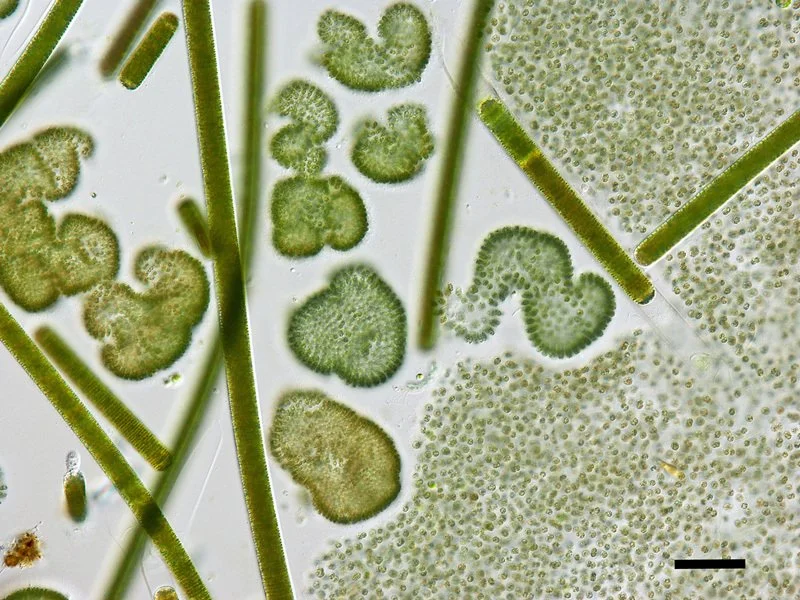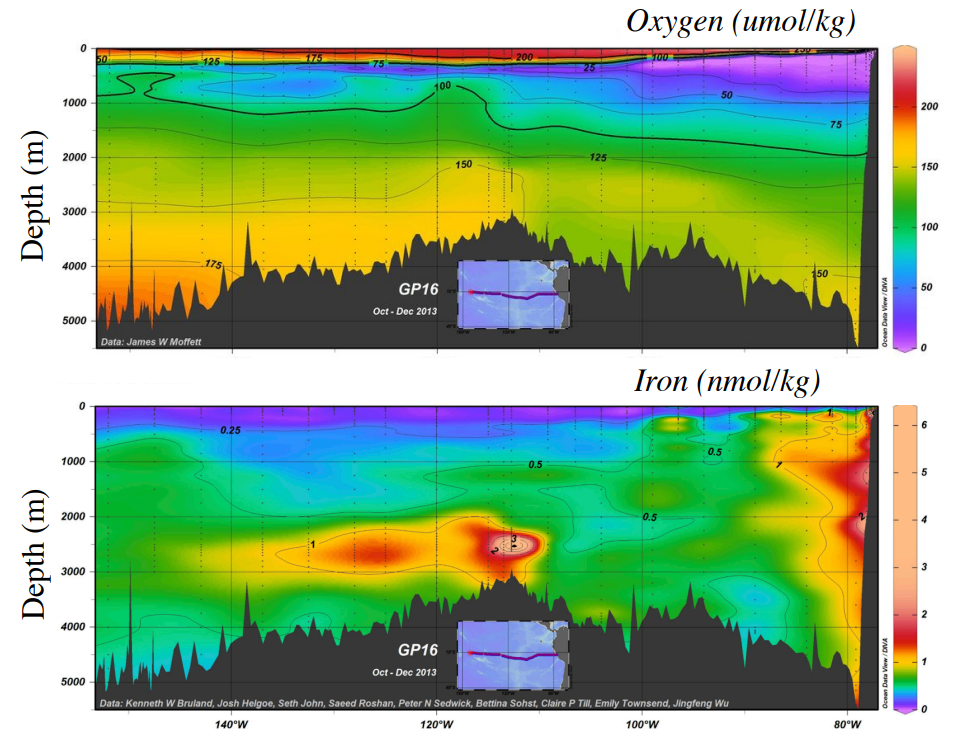
Science
Habitat Suitability
For my Climate Conservation Corps independent project, I designed a habitat suitability study to identify potential planting sites for the rare plant Sea Beach Dock (Rumex pallidus) across the Boston Harbor Islands. I evaluated 56 sites on eight islands, assessing each one using a sediment classification protocol I developed. I then mapped the potential planting sites in ArcGIS and delivered those maps, along with a technical report, to park management to inform future restoration planning.
Algal Blooms
During my time as a post-baccalaureate researcher at Stanford University, I designed and conducted a longitudinal experiment on harmful algal bloom dynamics, collecting and analyzing weekly water samples for nutrients, chlorophyll, and genetic markers to understand the environmental conditions that drive cyanobacteria like Microcystis to bloom.
Soil Biogeochemistry
In the Northeast, warming winters are reducing snowpack, which normally insulates soils from freezing. For my undergraduate thesis, I investigated how this climate-driven increase in soil freezing affects decomposition. I combined a controlled mesocosm experiment with a field study using C and N isotopes to trace how nutrients move through soil, litter, and invertebrates under different freeze conditions.
Marine Metal Exchange
For my REU project at Woods Hole Oceanographic Institution, I explored how water chemistry shapes the heavy metal makeup of deep-sea polymetallic nodules.
Forest Resilience
For my REU project at the University of Michigan Biological Station, I employed hemispherical imagery to assess forest canopy resistance to disturbance. I also collected leaf samples and analyzed their chlorophyll and nitrogen content with HPLC to link imagery-based methods to canopy physiology.
Ecotoxicology
As an undergraduate research assistant, I collected sediment cores from a historically polluted river in the Hudson Valley and analyzed samples for heavy metal concentration using ICPMS and DMA.












